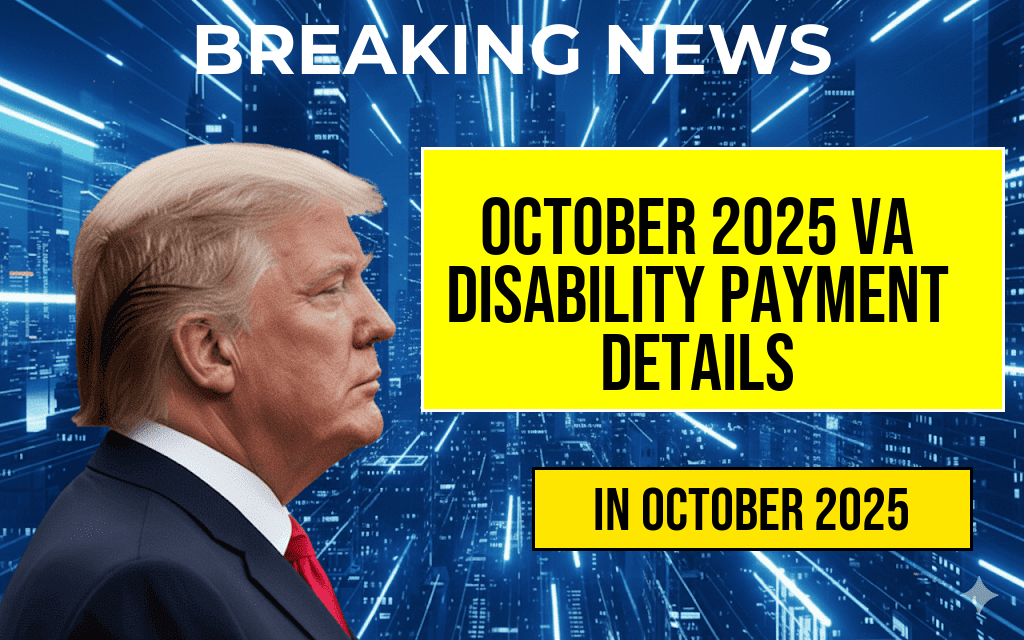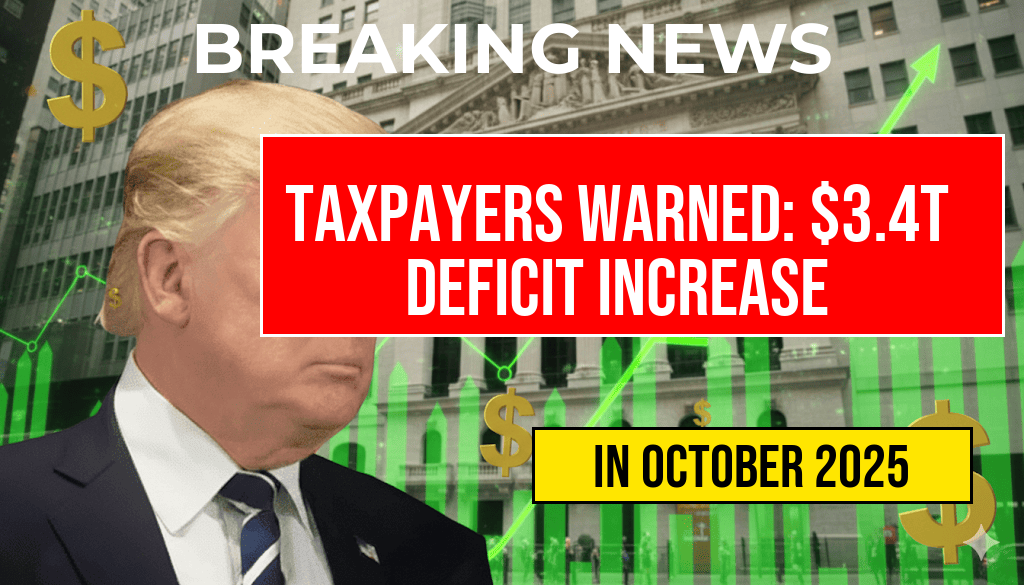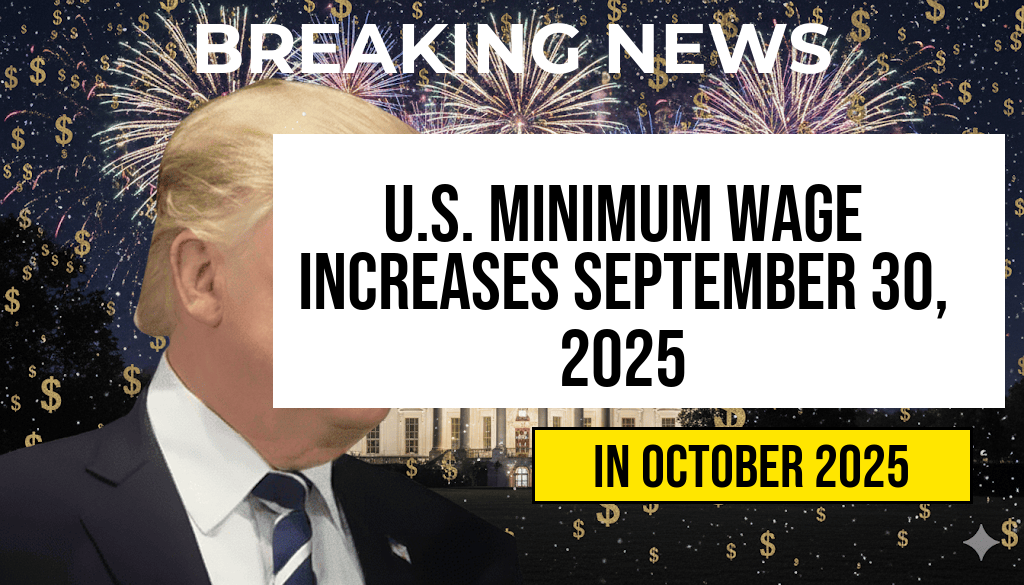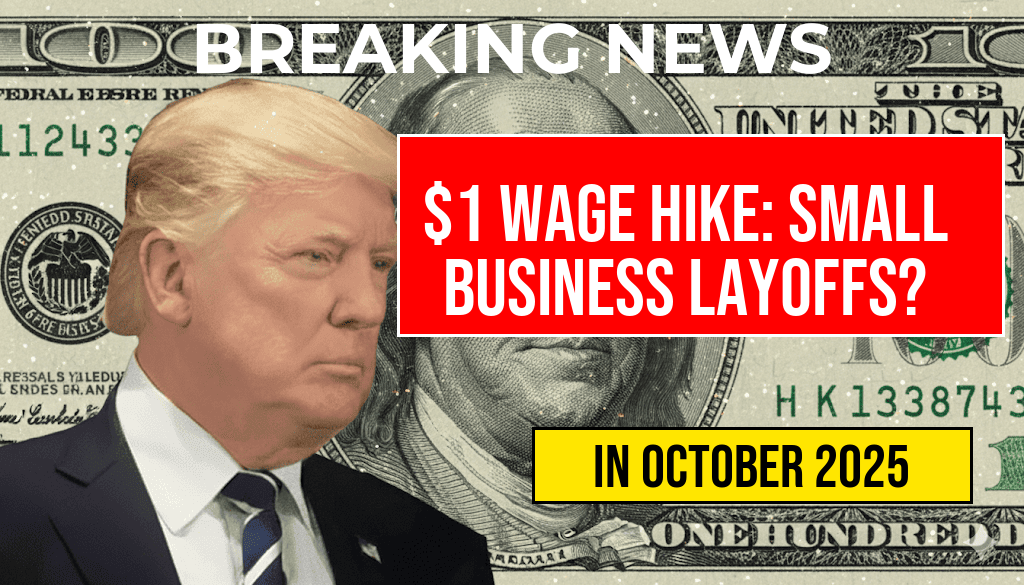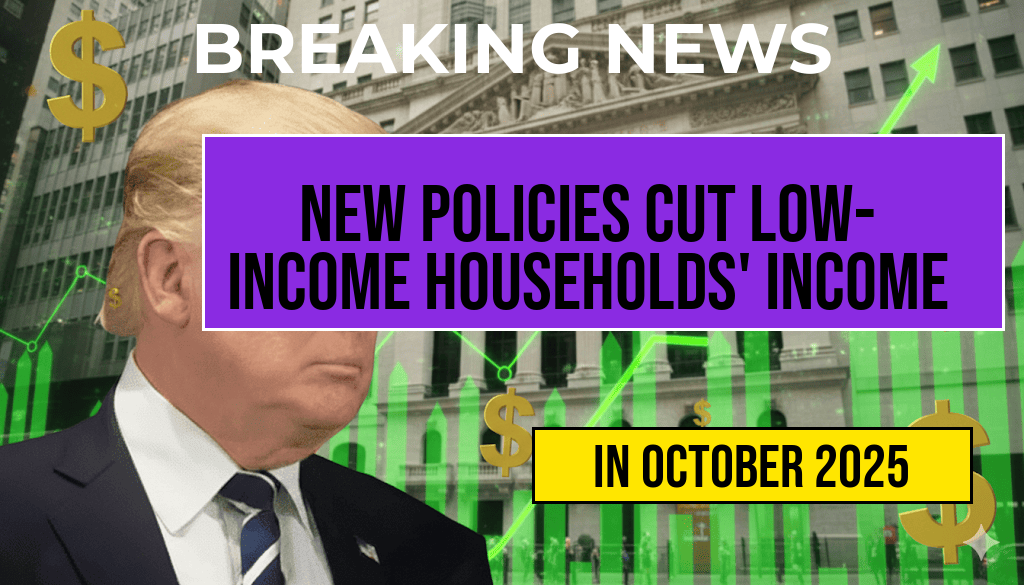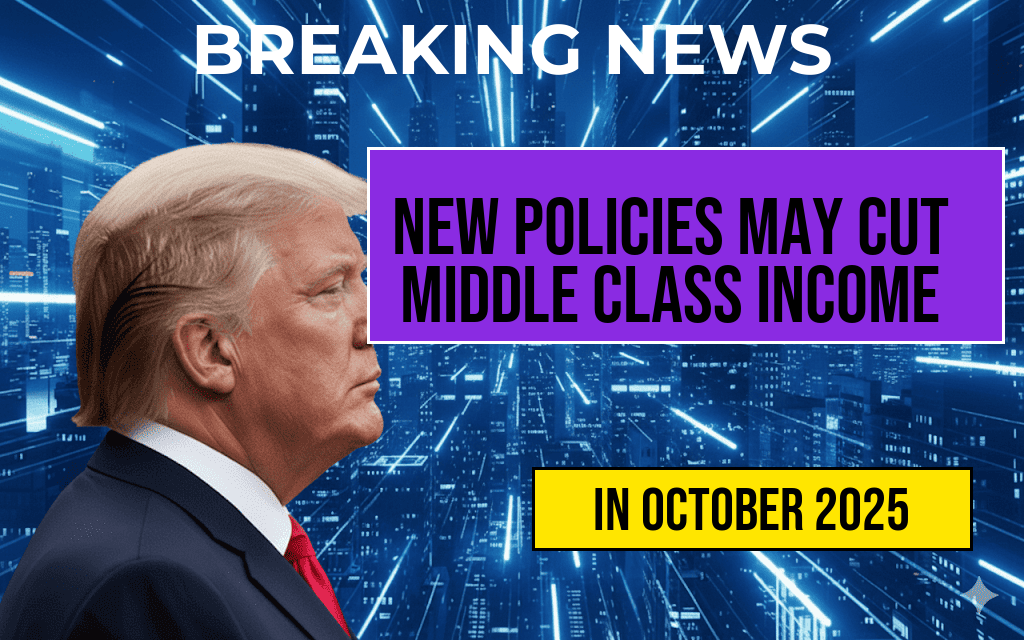The U.S. minimum wage is set for a significant increase on September 30, 2025, as part of ongoing efforts to address income inequality and improve the quality of life for millions of American workers. The federal minimum wage, which has remained at $7.25 per hour since 2009, will rise to $15.00 per hour. This change comes amid a growing movement among states and localities to adopt higher wage standards. As the nation grapples with rising living costs and inflation, this increase aims to provide a more sustainable income for low-wage earners. The decision has sparked discussions about its potential impact on businesses, employment rates, and the economy as a whole.
Details of the Minimum Wage Increase
The upcoming adjustment to the federal minimum wage is part of a phased approach to reach $15.00. The increase will be implemented in increments, allowing businesses time to adapt to the new wage structure. The following timeline outlines the proposed increases leading up to 2025:
| Date | New Minimum Wage |
|---|---|
| September 30, 2023 | $12.00 |
| September 30, 2024 | $13.50 |
| September 30, 2025 | $15.00 |
State Variations in Minimum Wage
While the federal increase is significant, many states have already enacted their own minimum wage laws that exceed the federal standard. States like California, Washington, and Massachusetts have taken the lead with minimum wages above $15.00 per hour. The chart below highlights the current minimum wage rates across various states:
| State | Current Minimum Wage |
|---|---|
| California | $15.50 |
| Washington | $15.74 |
| Massachusetts | $15.00 |
| New York | $15.00 (varies by region) |
| Texas | $7.25 |
Economic Implications of the Wage Increase
The decision to raise the minimum wage has sparked a debate among economists and policymakers regarding its potential consequences. Advocates argue that a higher minimum wage can lead to increased consumer spending, as workers will have more disposable income. This, in turn, can stimulate economic growth and reduce reliance on government assistance programs.
However, critics caution that raising the minimum wage could result in job losses, particularly in industries with tight profit margins, such as small businesses. Some employers may respond by reducing hours, cutting jobs, or even automating tasks to offset increased labor costs. The balance between wage increases and employment stability remains a critical concern.
Public Opinion and Legislative Actions
Public support for raising the minimum wage has been steadily growing. Surveys indicate that a majority of Americans favor an increase to $15.00 per hour, viewing it as a necessary step to combat poverty and support working families. Various advocacy groups, including the Fight for $15 movement, have played a significant role in raising awareness about wage disparity and pushing for legislative changes.
As the 2025 deadline approaches, lawmakers at both the state and federal levels are expected to continue discussions on minimum wage policy. With a presidential election on the horizon, candidates will likely address this issue, making it a pivotal topic in the national dialogue.
Resources and Further Reading
- Minimum Wage in the United States – Wikipedia
- Minimum Wage Updates – Forbes
- U.S. Department of Labor – Minimum Wage
Frequently Asked Questions
What is the new minimum wage set to be on September 30, 2025?
The new minimum wage will increase to $15 per hour, reflecting ongoing efforts to ensure a living wage for all workers.
Which states will be affected by the minimum wage increase?
All states across the U.S. will be impacted by the minimum wage increase, although some states may have their own local laws that establish higher rates.
How often does the minimum wage change in the U.S.?
The minimum wage can change through federal legislation or state initiatives, but significant adjustments typically occur every few years based on economic conditions.
What are the implications of the minimum wage increase for employers?
Employers will need to adjust their payroll budgets and may also consider revising employee benefits to accommodate the minimum wage increase.
Where can I find the complete list of hourly wages after the increase?
The complete list of hourly wages will be available on the U.S. Department of Labor’s website and other official state labor department resources.

